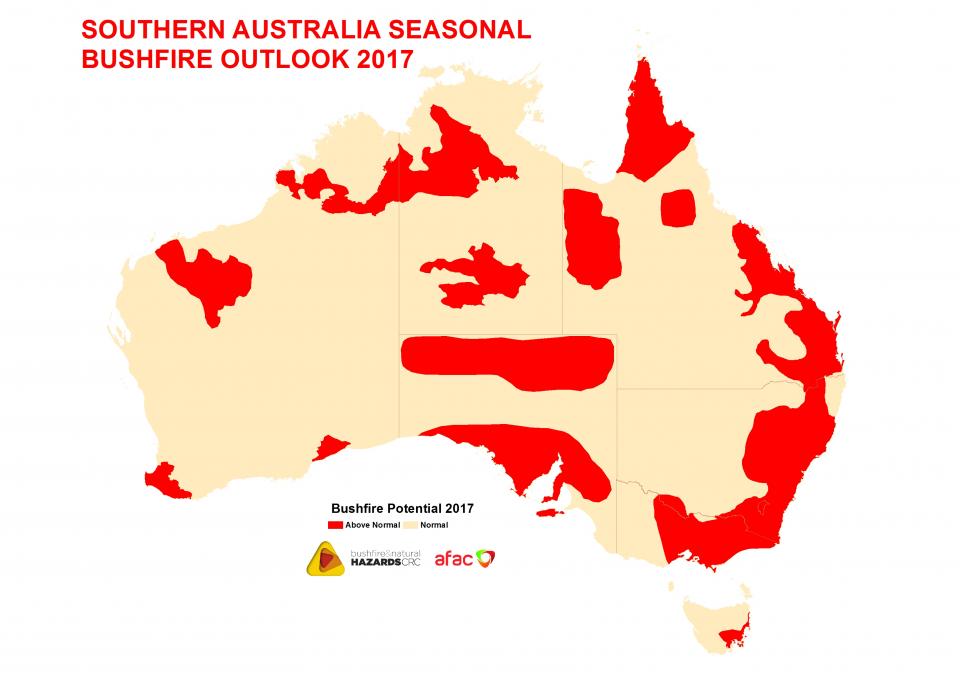Beyond Compliance: Enhancing Property Safety with a Thorough BAL Report Evaluation
Beyond Compliance: Enhancing Property Safety with a Thorough BAL Report Evaluation
Blog Article
Ensuring Shrub Fire Defense With Appropriate BAL Record Evaluation
In the realm of bush fire security, the careful evaluation of Bushfire Assault Level (BAL) reports stands as a cornerstone for protecting properties versus the terrible impact of wildfires. With environmental aspects and home attributes playing substantial functions in establishing the degree of danger, a comprehensive understanding of BAL ratings comes to be imperative.
Recognizing Bushfire Attack Degree (BAL)
In the realm of bushfire security, understanding the Bushfire Assault Degree (BAL) is paramount for making certain reliable reduction approaches. Understanding the BAL rating of a property is important for residential property policymakers, builders, and proprietors to implement ideal steps to safeguard versus bushfire threats.

Significance of BAL Record Analysis
An important element in bushfire protection planning includes the detailed analysis of BAL reports to assess the prospective threats and determine proper mitigation methods. BAL reports offer important information regarding the prospective effect of bushfires on a residential or commercial property based on different factors such as plants type, distance to possible fire hazards, and slope of the land. Examining these reports with accuracy is paramount in developing reliable bushfire protection procedures tailored to the particular danger account of a home.
Implementing Fire Defense Steps
Applying effective fire defense measures is essential for guarding properties in bushfire-prone areas. This includes clearing combustible plants, such as completely dry leaves and branches, within a particular radius of the property.
Moreover, having a adequate and properly maintained water supply, such as a container or swimming pool, can assist firemens in their initiatives to safeguard the residential or commercial property. It is essential to have a clear evacuation plan in place and to guarantee that all citizens are familiar with the treatments. Furthermore, having firefighting devices easily available, such as hoses and fire extinguishers, can assist in taking on small spot fires before they intensify. On the whole, applying a combination of these fire defense procedures can significantly enhance the opportunities of protecting buildings during bushfire occasions.
Mitigating Risks in Fire-Prone Areas
To fortify residential or commercial properties against bushfire dangers, a critical emphasis on mitigating risks in fire-prone areas is essential. One essential facet of threat reduction is maintaining defensible space around properties by removing flammable plant life, ensuring sufficient spacing between trees and frameworks, and using fireproof landscaping techniques.
Moreover, creating or retrofitting structures with fire-resistant materials and making browse around these guys sure correct maintenance of roof coverings, rain gutters, and exterior cladding can considerably enhance the home's resilience to bushfires. Developing and practicing a bushfire emergency plan with all passengers, consisting of discharge treatments and communication strategies, is additionally important in mitigating dangers successfully. By adopting an aggressive method to take the chance of reduction in fire-prone locations, homeowner can much better shield their assets and enhance total bushfire preparedness.
Ensuring Property Security and Durability
Guaranteeing the safety and security and strength of homes in fire-prone areas requires a Look At This steadfast commitment to robust preventive measures and critical preparation. Building safety starts with implementing reliable actions to lower fire dangers. This consists of preserving a defensible room around the property by getting rid of combustible greenery, guaranteeing appropriate maintenance of gutters and roofs, and making use of fireproof structure products. Normal maintenance of firefighting devices, such as pipes and lawn sprinkler, is also important to home durability.
Durability, on the other hand, includes the capacity of a residential or commercial property to recover and stand up to from a bushfire. By proactively resolving these elements, home owners can better secure their assets and liked ones from the risk of bushfires.
Verdict
To conclude, guaranteeing bushfire defense through appropriate BAL record analysis is crucial for understanding the degree of risk posed by bushfires and implementing needed fire protection measures. By minimizing risks in fire-prone locations and making sure property security and resilience, communities and individuals can much better prepare for and react to bushfire events. It is necessary to focus on fire safety and security procedures to safeguard lives and residential or commercial property in these high-risk atmospheres.
In the world of bush fire protection, the precise evaluation of Bushfire Strike Level (BAL) reports stands as a cornerstone for securing residential properties versus the destructive impact of wildfires (BAL Report). find more Recognizing the BAL rating of a residential property is important for home building contractors, policymakers, and proprietors to execute suitable measures to guard against bushfire threats

BAL records supply vital details concerning the prospective influence of bushfires on a residential property based on various variables such as vegetation type, distance to potential fire risks, and slope of the land (BAL Report). Overall, carrying out a mix of these fire defense actions can considerably enhance the chances of securing residential properties during bushfire occasions
Report this page